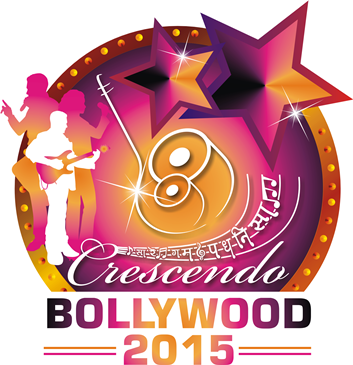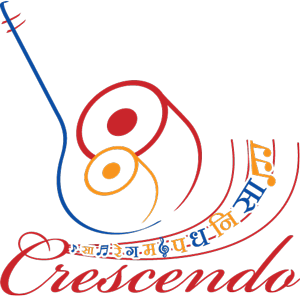Folk music & Art music - by Chaitanya Kunte
In India, there are six categories of music, namely; Primitive music, Folk music, Popular music, Devotional music, Art music, Confluence music. These categories are not watertight compartments, but they dwell together with constant exchange or give-and-take. It is believed that Raag system is derived from the folk tunes spread all over the Indian subcontinent. The folk tunes are the melodies sung by masses with their natural temperament, without any formal training of music. Unrefined format of folk tunes has an essence of local culture. But later in ancient period, from these folk tunes, the Jaati was made giving a grammar to folk tunes. This grammar of the notes, scale, ascending and descending, landing note attached to the Jaatis was further developed into Geeti & Dhruva and from 9th cent onwards, we find the concept of Raag flourished as a highly structured and codified system of music. So, according to the original folk tunes prevalent in a specific geographic area, the Raags were titled as Gujari (Gujrath), Malawi (Madhya Pradesh), Saidhawi (Sindh), Multani (Multani), Kanada (Karnatak), Tilang (Andhra), Bangal Bilawal (Bengal), Gaud and Kalingda (Orissa), Kambhoji (Afghanistan), etc. Many folk melodies, widely spread from Punjab - Sindh to Kerala and Maharashtra to Assam, were later elaborated as 'Dhun-Raag'ť, such as Pahadi, Maand, Piloo, Gara, Kafi, Jungla, Zinzoti, Desh, Khamaj, etc. These Raags are mostly used in Thumari-Dadra and Tappa genre, not in Khayal or Dhrupad genre. The Raags like Bhairav or Bhairavi are supposed to be originated from folk songs related to the names of these deities.
In modern period, having inspiration from folk melodies Pt. Kumar Gandharwa created few Raags labled as 'Dhun-Ugam Raag', e.g. Madhasuraja, Sanjari, Nindiyari, Malawati, Maghawa, Rahi, Lagan Gandhar, Beehad Bhairaw, Saheli Todi. He crafted these folk melodies, basically consisting of 3-4 notes with adding the counterpart (Uttarang) and giving it precise grammar of Raags.
A folk melody in its original form has a natural uncultured expression, but when it arises to the status of a Raag, it gives more intellectual delight than mere emotional pleasure as with the natural essence, the grammar also is added.
With this description, one can surely state that there is a deep relation of folk music and art music and art music is greatly benefited from folk music being its prototype.



